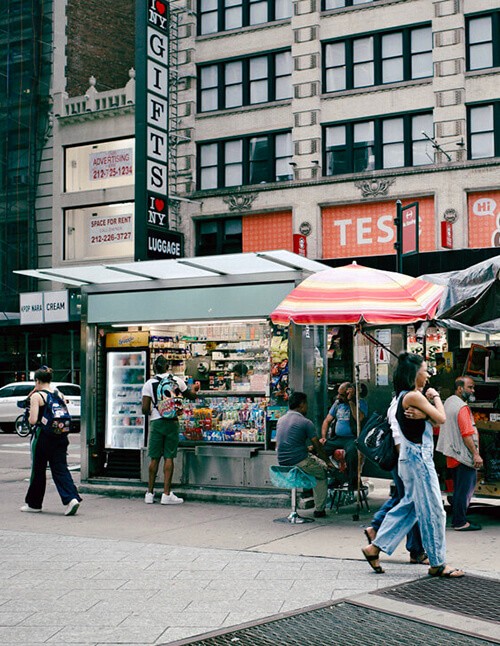We are a nonprofit organization of more than 300 preeminent corporate, investment, and entrepreneurial firms working to advance the city’s standing as a global center of economic opportunity, upward mobility, and innovation.
Member company leaders make a personal commitment to work in the city's interest, bringing private sector expertise to urban challenges and expanding opportunity for all New Yorkers.
Together, our member companies support nearly one million jobs in New York City and deliver approximately $236 billion in economic output.
Engagement is a hallmark of the Partnership.
Mobilizing the private sector
to work in collaboration with government, labor, and the civic sector on the biggest challenges facing the city.
Accelerating innovation and investment
that supports emerging industries and new technologies and creates jobs, enables infrastructure, and provides services to disadvantaged populations and low-income communities in New York.
Advocating for legislative priorities and new policy solutions
that address persistent challenges, expand economic inclusion, and move our city forward.
Conducting research on timely topics
to support public policy makers, members of the entrepreneurial and investment communities, the media, and others who have an interest in the critical issues impacting New York City.
Featured
Research
NYC Economic Trends & Insights
Dec 1, 2025
The Partnership's quarterly update analyzes indicators of the city's economic health as a resource for business leaders, policymakers, and the public.




































































































































































































































































































































